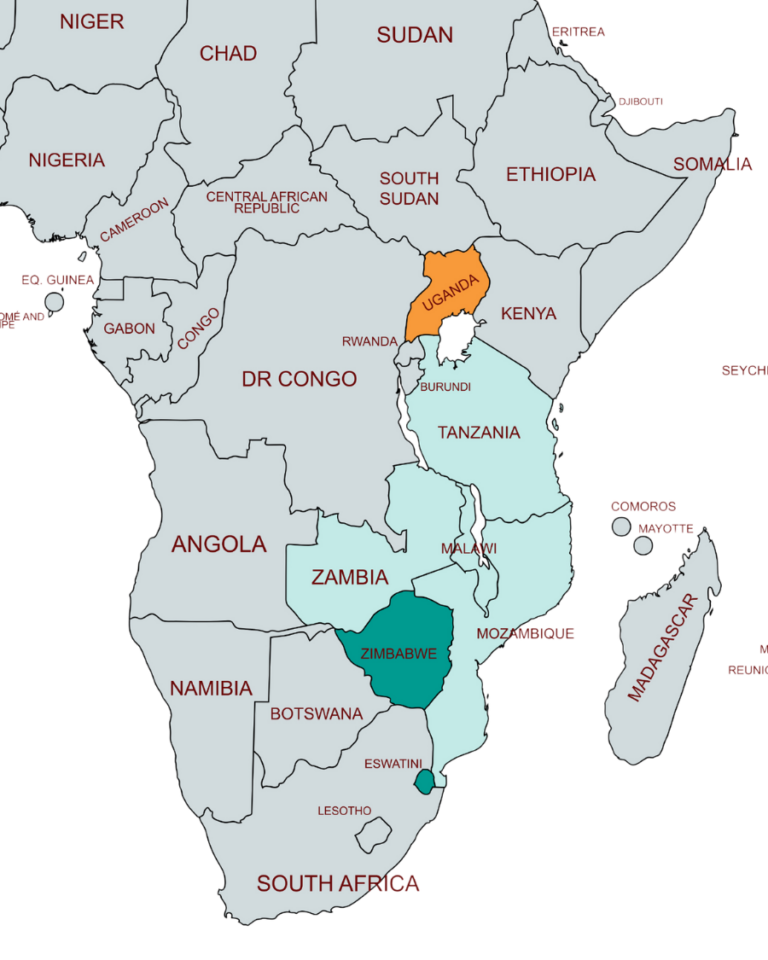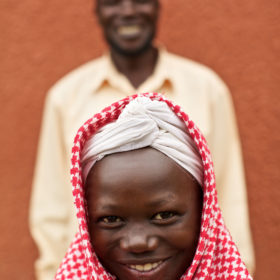
Uganda
We build capacity, coordination, and advocacy at all levels in Uganda—from children and households to community responses to district and national mechanisms—to address service delivery gaps, expand access, and improve service quality. Our efforts complement and strengthen existing local government systems and initiatives.








